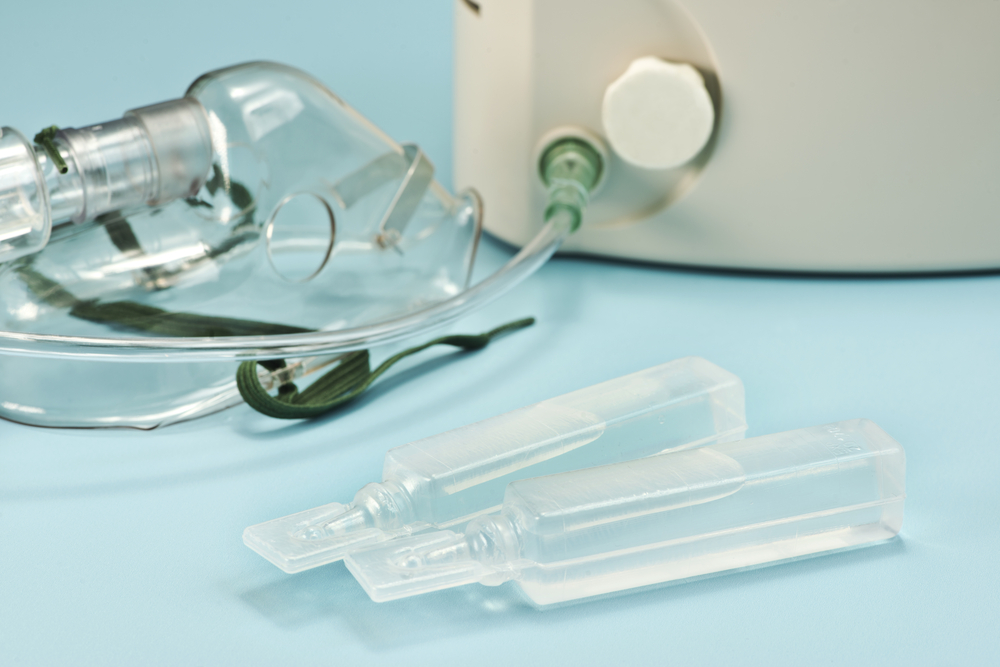New Breath Test Might Detect CF Pathogen in Matter of Minutes
Written by |

University of New Mexico researcher Graham Timmins has developed a diagnostic breath test, known as the urease test, that has the potential to rapidly confirm diseases like tuberculosis (TB) by detecting bacterial enzymes (ureases) in the lungs. The test was developed for TB, but Dr. Timmins plans to investigate its efficacy in other lung conditions, particularly cystic fibrosis (CF) and pneumonia.
“If you look at serious lung pathogens,” he said, “most of them have it [urease enzymes].”
The TB breath test is one of seven university-affiliated patents that Dr. Timmons, an associate professor Pharmaceutical Sciences, University of New Mexico’s (UNM) College of Pharmacy, holds. The test is of particular interest, because its speed and portability present a much-needed technology.
His patents also include a breath test to detect Pseudomonas aeruginosa in CF patients. This bacteria, once settled, can be very difficult to treat, but if detected early can be eliminated.
Dr. Timmins’ research is focused on stable isotope-related compounds and free radical biology, and the urease breath test works through a stable isotope-labeled tracer compound, which when inhaled using a nebulizer or inhaler fills the lungs entirely, detecting and highlighting areas of infection within minutes. “You can screen for tuberculosis,” Dr. Timmins said in a press release. “You can see if somebody’s got pneumonia. You might be able to see the difference between viral and bacterial pneumonia.”
The patents led the establishment of Avisa Pharma, an $8 million company headquartered in Santa Fe, that is beginning clinical development of the urease breath test for tuberculosis. It also plans research into pneumonia and CF detection.
“What we’re trying to do is have a very, very rapid screening test for TB so the whole thing could be over in five or 10 minutes,” Dr. Timmins said. The technology has the potential to overtake even the fastest current diagnostic breath test, which lasts three hours and is difficult to transport. TB is most common in developing countries with limited transportation, and it can take a full day for a patient to travel to a clinic to undergo the test.
“With this, you could put everything in a backpack and you could just cycle to a village and test a whole lot of people,” Dr. Timmins said. “If somebody can be diagnosed and have their drug susceptibility determined in that single encounter, then you don’t lose them to follow-up. That’s a major improvement.”
Other patents include a test for the efficacy of sunscreens in protecting against all melanoma factors rather than just UV, and a new and possibly more effective TB treatment.
Dr. Timmins acknowledges that patents are prestigious and can be profitable, but says his research remains motivated by the questions the work raises. “The reason you do it is to get at these questions,” he concluded. “Most smart people just like working problems.”






